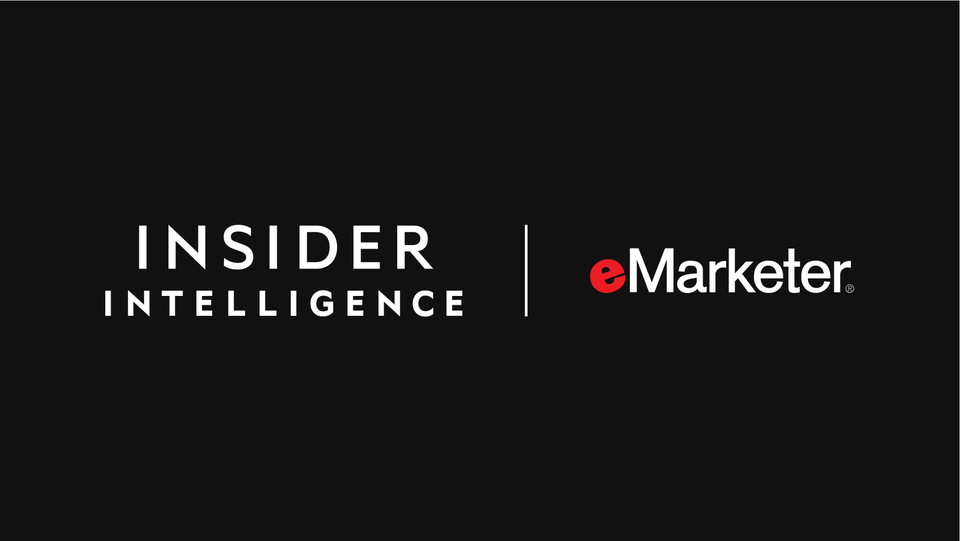Article byMeaghan Yuen
Source: www.insiderintelligence.com, September 2023
Our forecast data reveals a mismatch between marketers who have been quick to transition to digital platforms, and consumers who are still spending time on traditional media like TV, newspapers, and radio. This year, 74.6% of all US ad spending will go toward digital media, while US adults will only spend 62.1% of their daily media time with digital, according to our forecast.
“There [are] reasons for this money to be going [toward digital],” our analyst Ethan Cramer-Flood said on our “Behind the Numbers” podcast. But the degree to which marketers and advertisers have sprinted in one direction faster than the general population has stands out, noted Cramer-Flood.
Here are three other areas where digital ad spending doesn’t match up with consumer habits.
Meta’s slice: “There is this huge, gigantic, massive discrepancy with the amount of money that Meta is making off advertising compared to the amount of time that people are spending with it,” Cramer-Flood said.
- Meta will claim roughly 75% of US social ad dollars this year, compared with only 41.8% of daily social media time US adults spend on Meta’s properties, per our forecast.
- Meta will see nearly 20% of total US digital ad spending this year, yet US adults will spend only 7.6% of overall digital media time on Meta’s properties.
- “None of [Meta’s competitors] actually have a positive ratio in terms of drawing in more money than time,” Cramer-Flood said. YouTube draws 5.8% of all digital ad spending but accounts for 7.5% of US adults’ digital media time.
CTV’s conundrum: A quarter (25.3%) of US adults’ daily digital media time is spent on connected TV (CTV), but marketers are dedicating less than 10% of their digital ad budgets to it, according to our forecast. “That’s going to have to change because CTV is the future,” Cramer-Flood said.
- CTV’s imbalance may be due to several factors, including a lack of inventory and pricing issues.
- Compared with Meta, which has made the advertiser experience easy and seamless, CTV has been slow to integrate ad tech that would ease adoption.
Sound off: Despite holding more than 11% of US adults’ daily media time, digital audio and radio will only attract a combined 4.9% of US advertising dollars this year, per our forecast.
- “Radio is an old medium,” Cramer-Floor said. “It’s very hard to track your return on investment. And digital audio is complicated by the fact that the leading platforms like Spotify are more interested in subscriber fee-based subscriptions than ad revenue, so they want you to pay to avoid ads.”
- Podcasters are particularly attentive audio listeners, and can be seen as an untapped market for advertisement investment.
“We’re not saying this is a call to action. We’re not saying [advertisers are] doing anything wrong,” Cramer-Flood said. “But the previous observation about how big the gap has become between digital media and traditional media and how big this gap is does raise questions.”
This was originally featured in the eMarketer Daily newsletter. For more marketing insights, statistics, and trends, subscribe here.

